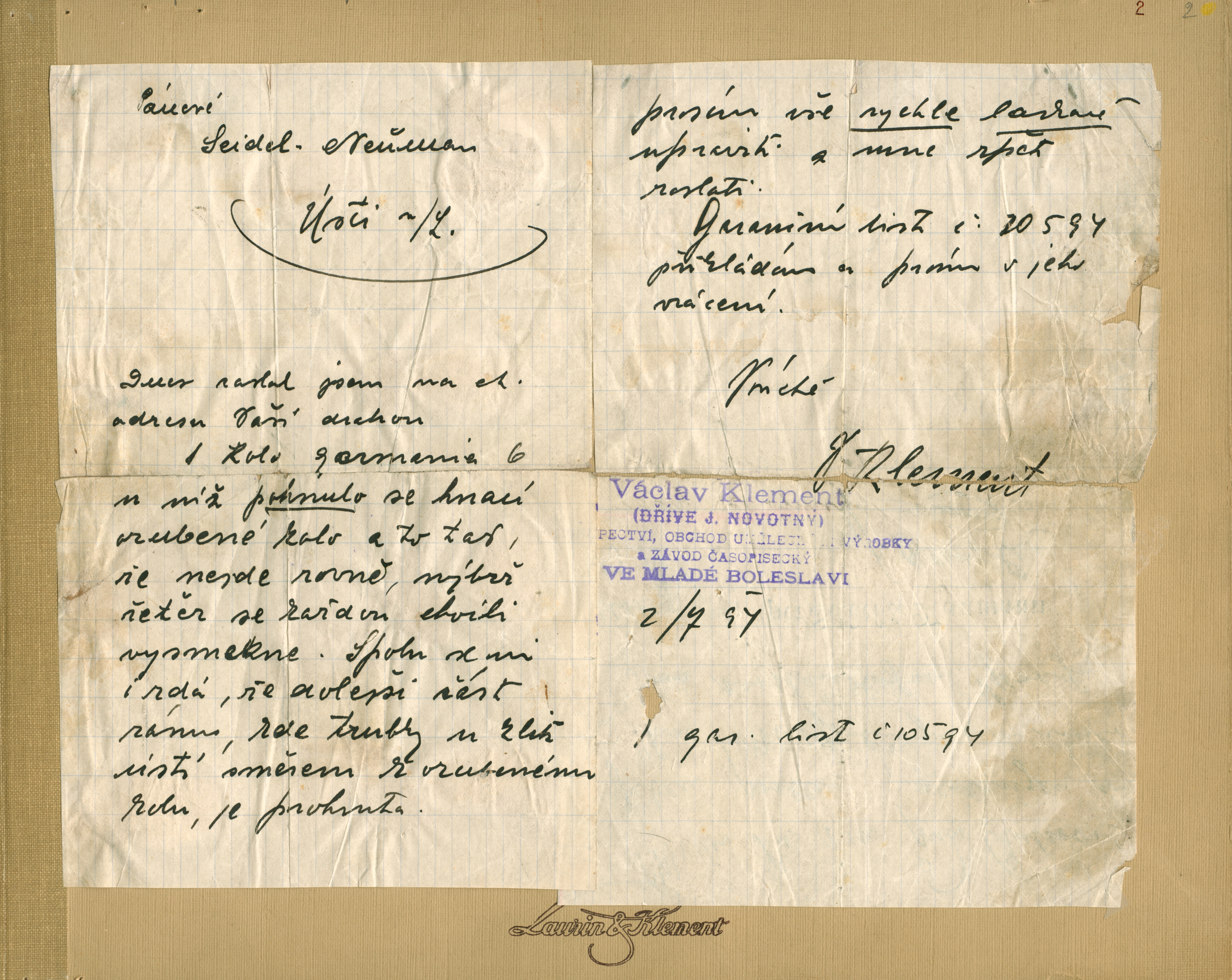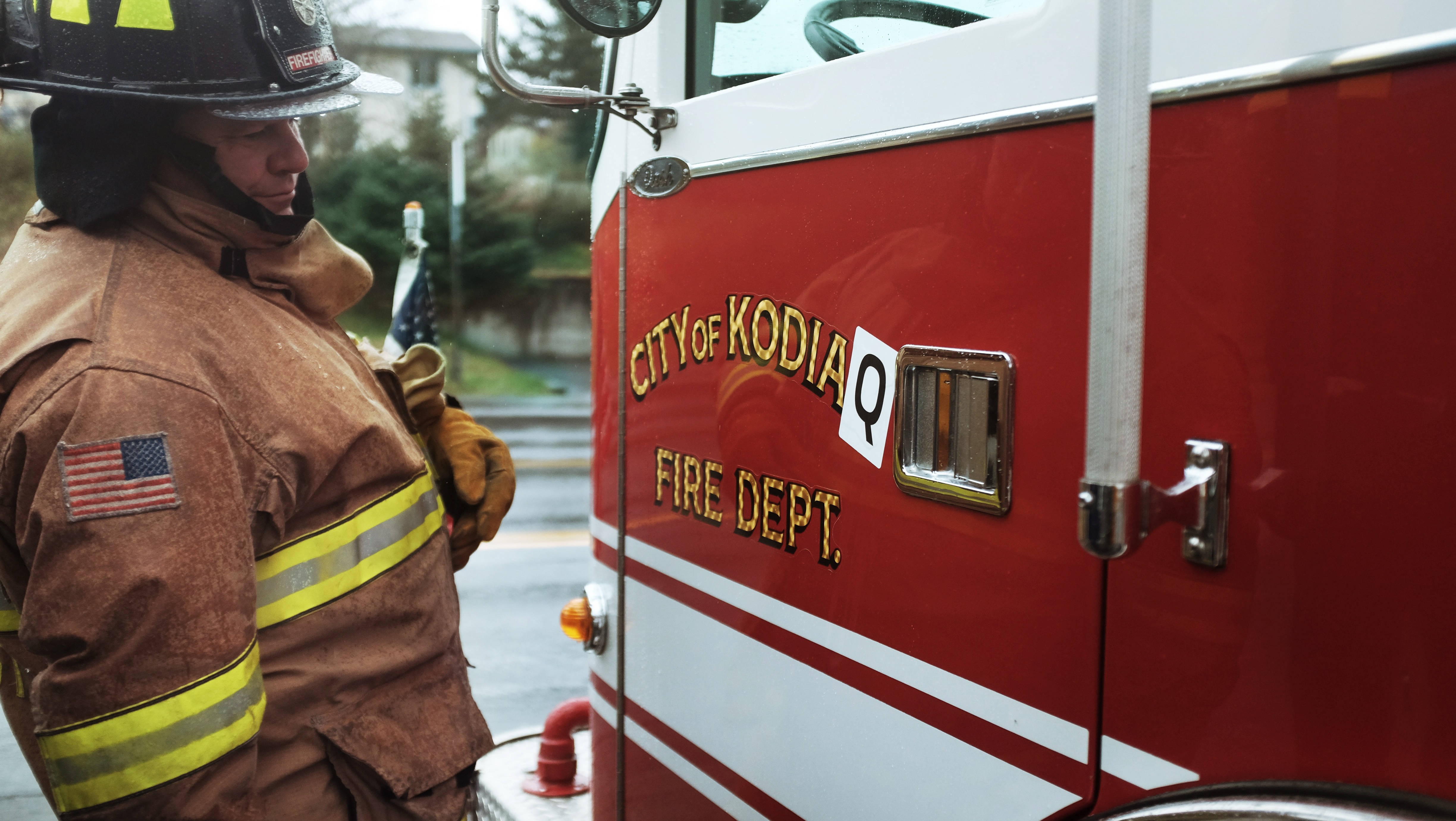On the first day in August 1936, a dark-blue semi-cabriolet ŠKODA RAPID finished the home leg of its round-the-world trip. Although the car had been gone for 98 days, the calendar showed just 97 days had passed. That's because Břetislav Jan Procházka, a businessman from Prague, and Jindřich Kubias, the co-owner of a smoked meats firm, gained one day by travelling east.
Procházka in particular was a tireless adventurer. He did most of the driving, arranged the use of the car in Mladá Boleslav, sorted out countless permits at embassies and leveraged his experience as the owner of modern service garages – incidentally, his garages still operate in the centre of Prague to this day. The RAPID expedition car differed from the standard design: it had oversized off-road tyres, a pair of petrol tanks (48+60 l), batteries and horns, fog lamps, a radio receiver and dual ignition using a Scintilla Vertex magneto. This delicate piece of Swiss machinery needed to be lubricated with a special petroleum jelly. One night, though, the tube rolled down onto one of the car seats, and his sleeping co-driver squeezed out its entire contents into the upholstery. Even then Procházka was not at a loss: he mixed some oil with cigarette ash and coated the ball-bearings with the mixture. The Vertex worked as reliably as a Swiss watch for the rest of their trip.
In the bottomless mud of tracks in the Soviet Union the Czechs devised a special driving technique: they laid down piles of branches on the softest parts of the track, and then accelerated hard, resisting the instinct to ease off the throttle when the front bumper started to disappear under heaps of branches. They kept pressing the pedal to the metal when the wheels finally surmounted this obstacle and the RAPID started forcing its way forwards, accompanied by the terrible sound of cracking wood. Service mechanics were still removing pieces of wood from the chassis on the western coast of the USA, which the RAPID reached via Iran, India, Sri Lanka, Malaysia, Singapore, China and Japan.







































